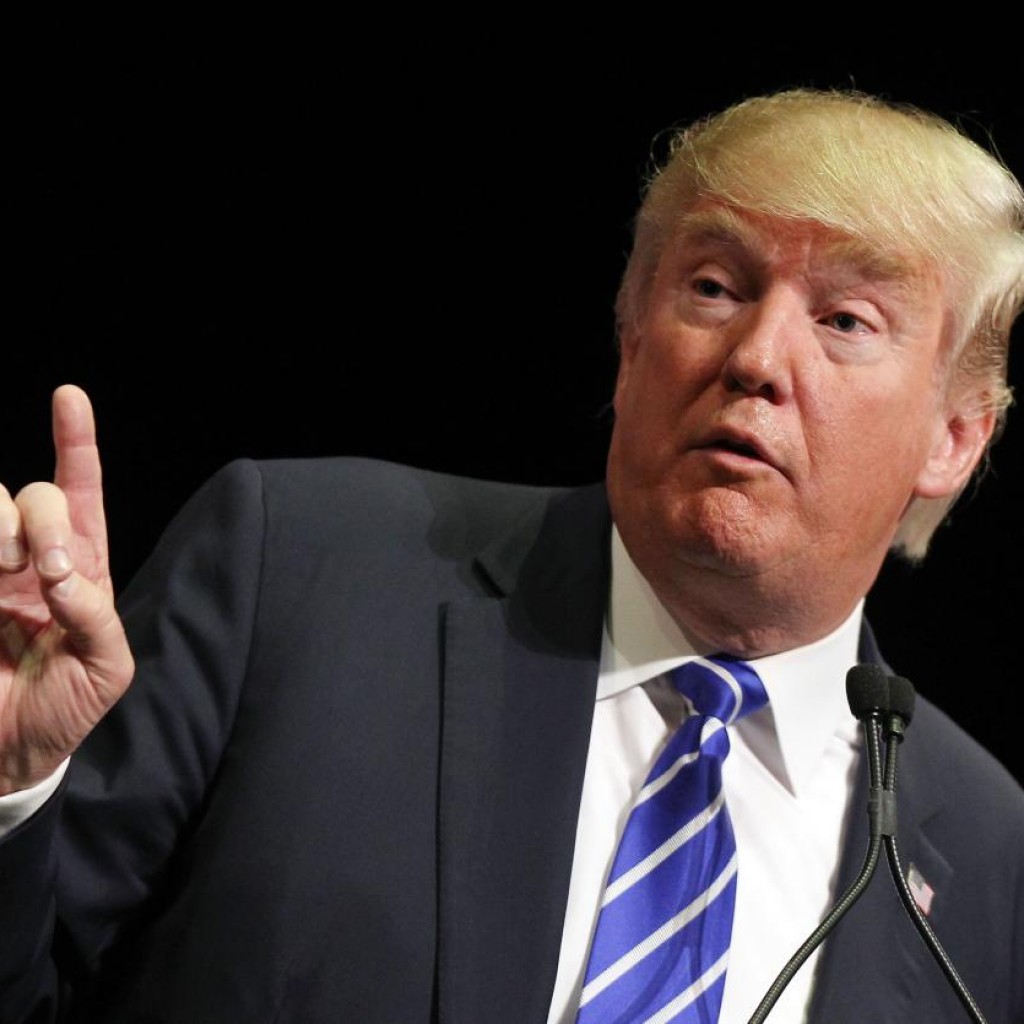
Donald Trump made a late play for evangelical voters in Iowa’s Republican presidential caucus, but he ultimately couldn’t wrest the group away from winner Ted Cruz, according to entrance polls taken at the start of Monday’s caucuses.
The polls, conducted for national media including The Associated Press, also suggest that late-deciding Iowans trended toward Cruz and third-place finisher Marco Rubio, who almost nipped Trump for a surprise second.
And perhaps the most perilous indicator for Trump: He got just one out of 20 votes among caucus attendees who said their top priority was a candidate who shares their values.
Trump showed little concern Tuesday. “Because I was told I could not do well in Iowa, I spent very little there — a fraction of Cruz & Rubio. … Brought in record voters and got second highest vote total in history,” he wrote on Twitter.
Indeed, that’s true. But it glosses over some important details that Trump must avoid if he hopes to maintain his strength through what could become a lengthy slog of primaries and caucuses.
Sixty-four percent of Republican caucus participants in Iowa identified as born-again Christians. Cruz eclipsed Trump 34 percent to 22 percent among that group. Cruz also finished well ahead of Trump among caucus-goers who identified as “very conservative.” And, potentially worrisome for Trump, Rubio came close — 33 percent for Trump to 27 percent for Rubio — among those who consider themselves “moderate” or “liberal.”
The potential good news for Trump: He outpaced Cruz by more than a 2-to-1 margin among caucus-goers who said they wanted an outsider in the Oval Office. Yet Cruz and Rubio — both senators — buried the billionaire businessman among voters who say they prefer political experience: 39 percent for Rubio, 35 percent for Cruz, 3 percent for Trump.
Yet those two pools of voters each made up about the same proportion of the Iowa GOP electorate, making the results a net loss for Trump.
Among the 45 percent of caucus-goers who said they decided who to support in just the final week, 29 percent supported Rubio, 27 percent supported Cruz and just 14 percent supported Trump.
Among the 36 percent of Iowa caucus-goers who were contacted by someone asking them to come out to support their candidate, Cruz had a 31 percent to 23 percent advantage over Trump.
Those numbers together suggest Trump must improve both in delivering his identified supporters and in swaying undecided voters. Continued inability to do that indicates that Rubio and Cruz have considerably more room to grow their support as the race continues.
A potential avenue for Trump success could be in attracting new voters. Forty-five percent of caucus-goers said they were attending their first caucus, and they appeared more likely to support Trump than Cruz, 30 percent to 23 percent. But among previous caucus participants, Cruz held a 32 percent to 19 percent advantage.
Cruz has celebrated the results as an affirmation of his turnout operation and his contention that the GOP electorate wants a “true conservative” as its nominee.
The Rubio campaign, meanwhile, told its supporters in a Tuesday memo to pay attention to the choice of caucus-goers who prioritize picking someone who can “win in November.” That was about a fifth of Monday’s caucus crowd; Rubio attracted 44 percent of them to Trump’s 24 percent and Cruz’s 22 percent.
Among Democrats, the stark divide was generational in Hillary Clinton’s narrow victory over Bernie Sanders.
Eight-four percent of Democratic participants under 30 supported Sanders, as did 58 percent of those between 30 and 44. But 58 percent of those between 45 and 64 and 69 percent of those 65 and older came out to support Clinton.
But Clinton won 58 percent of non-white participants, while just 34 percent supported Sanders. They accounted for just 1 in 10 caucus attendees, and white voters also dominate New Hampshire. But that split could loom large as the race heads to Nevada and South Carolina, where Latinos and African-Americans hold considerable influence.
The survey was conducted for AP and the television networks by Edison Research as voters arrived at 40 randomly selected sites for Democratic and Republican caucuses in Iowa. The survey includes preliminary results from interviews with 1,660 Democratic caucus-goers and 1,794 Republican caucus-goers. The survey had a margin of sampling error of plus or minus 4 percentage points for both Democrats and Republicans, with higher margins of error for subgroups.
Republished with permission of the Associated Press.



